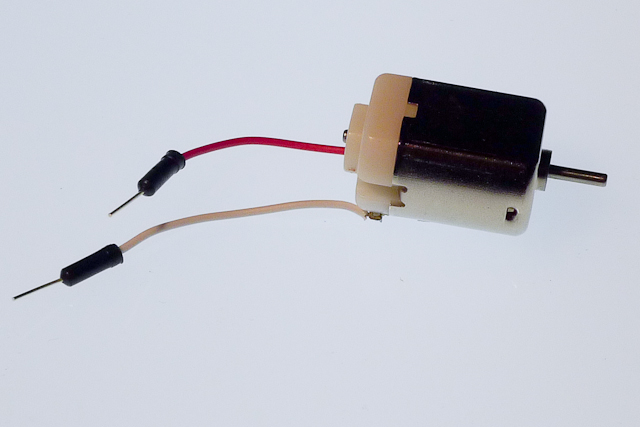RCCB (Residual Current Circuit Breaker) are the most important device that protect your home from getting over current by fault current. RCCB comes with two types, one are single phase with 2 pole and another are three phase with 4 pole. Even it's different,but the principle of operation are the same.
The picture below shown is the inside view of RCCB. It's look like complex,but is not. To understand the working principle,let's look at the schematic of RCCB.
There's are several component are working together,to protect your home. The supply is give by single phase or three phase. Then, it's flows through a round shape with turns of coils around the core. In single phase, only live coil and neutral coils are there. If three phase, each phase has own coils. When the coil energize, it's produce an electromagnetic field. The electromagnetic field produce by how much current are induce. When the coil energize in normal condition, both phase coil and neutral coil are balance. It's means your home wiring are in safe condition. If between the coil is imbalance,there's a sensing coil will detect the imbalance current and stop immediately.
In general, RCCB trip in 200ms. A healthy RCCB will trip 40ms. The break time is depends on the current rating on the RCCB. In home RCCB,the current rating is 30mA. If the current is higher than the 30mA,the RCCB will trip.
To make sure ,your RCCB works properly,there's is two test to make sure it's work perfect.
1) Push Button Test
Every RCCB production,there's a push button to test for make sure,the device is work properly. When you press the test push button,current from live will connect with neutral means it will short circuit and trip by itself with the help of sensing coil and relay.
2) RCCB Tester
RCCB Tester are use to calculate the speed of the break point when earth fault or over current occur. There's a build in plug that plug in on socket.
2) RCCB Tester
RCCB Tester are use to calculate the speed of the break point when earth fault or over current occur. There's a build in plug that plug in on socket.
There's three range the tester going to determine the speed of the RCCB break point. THe first range is the current rating.Choose the suitable current rate on the range.The second range is the trip selector. On selector, No Trip,Trip and Fast trip. Each range will determine the speed of the RCCB break point.The last range is the angle. 0° angle is the staring point for sne wave of single phase and 180° angle for running point. This will make a difference of break point on each angle.
RCCB must be in good condition. It's like a bodyguard for your house wiring. Check twice a month and keep your bodyguard safe I mean the RCCB :)




















